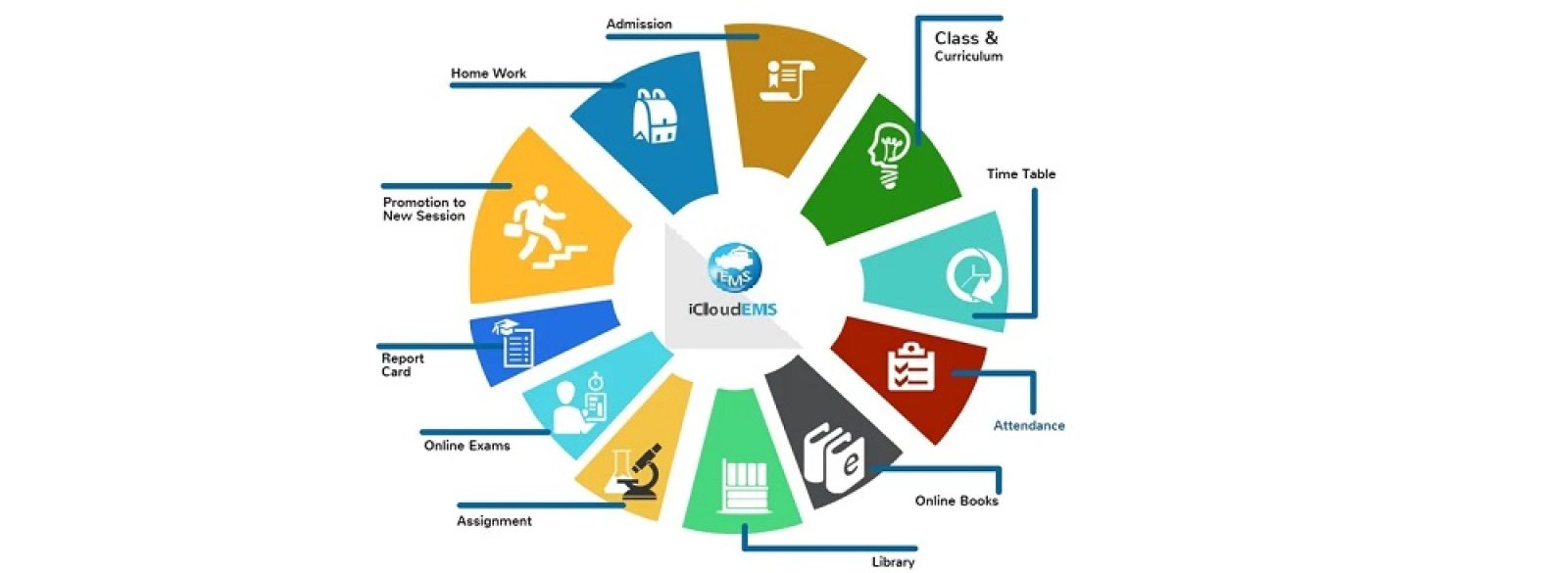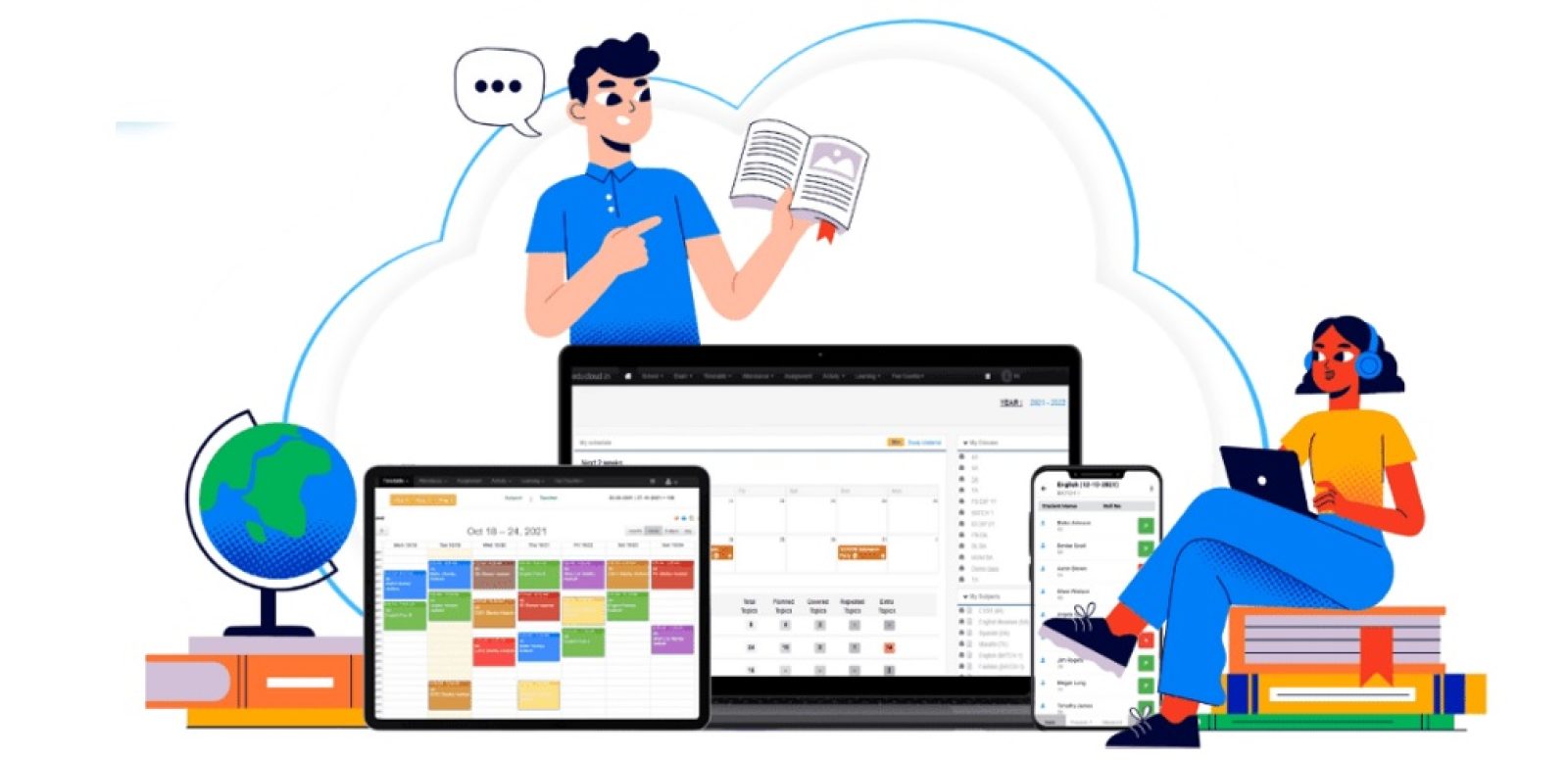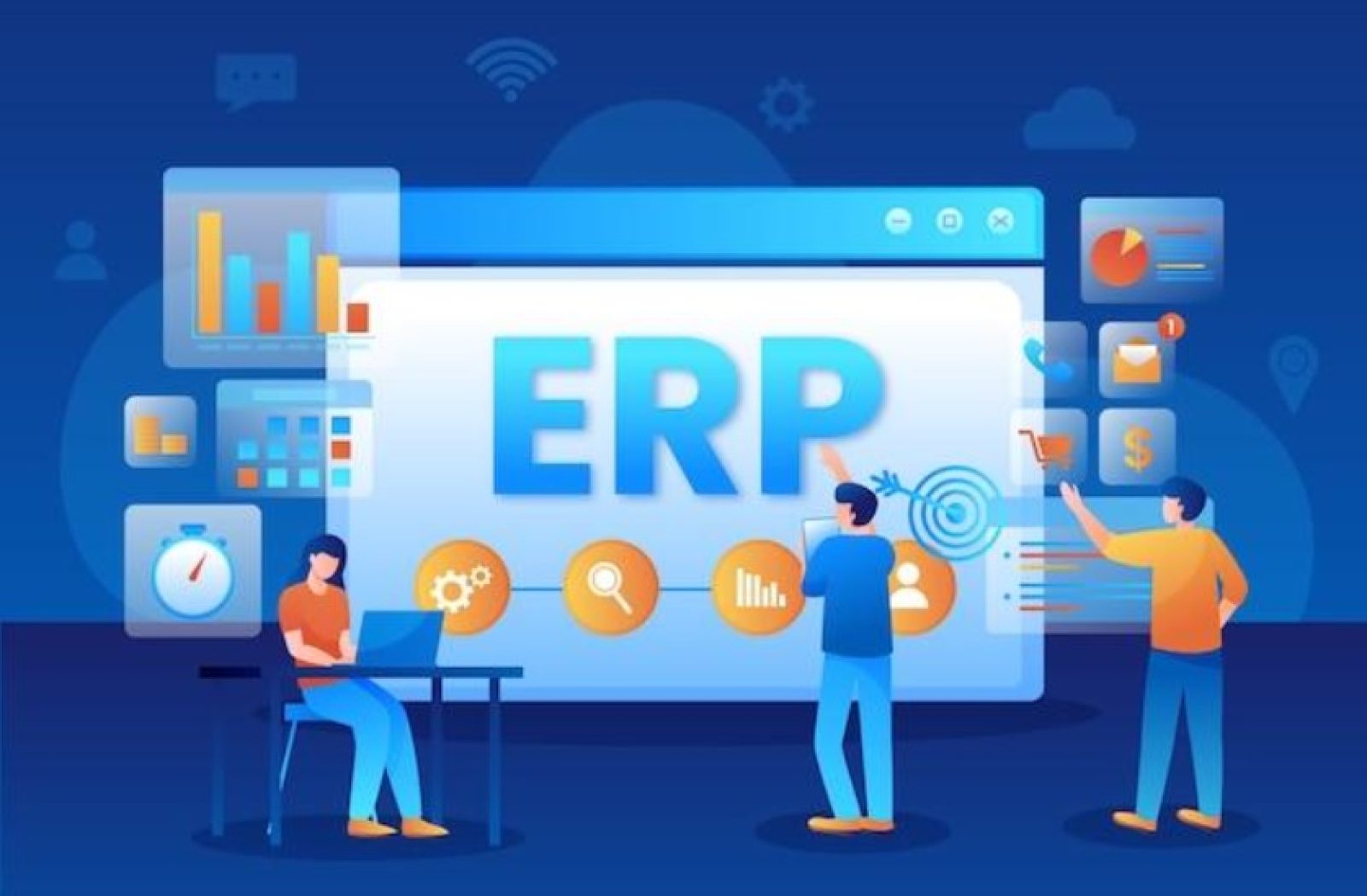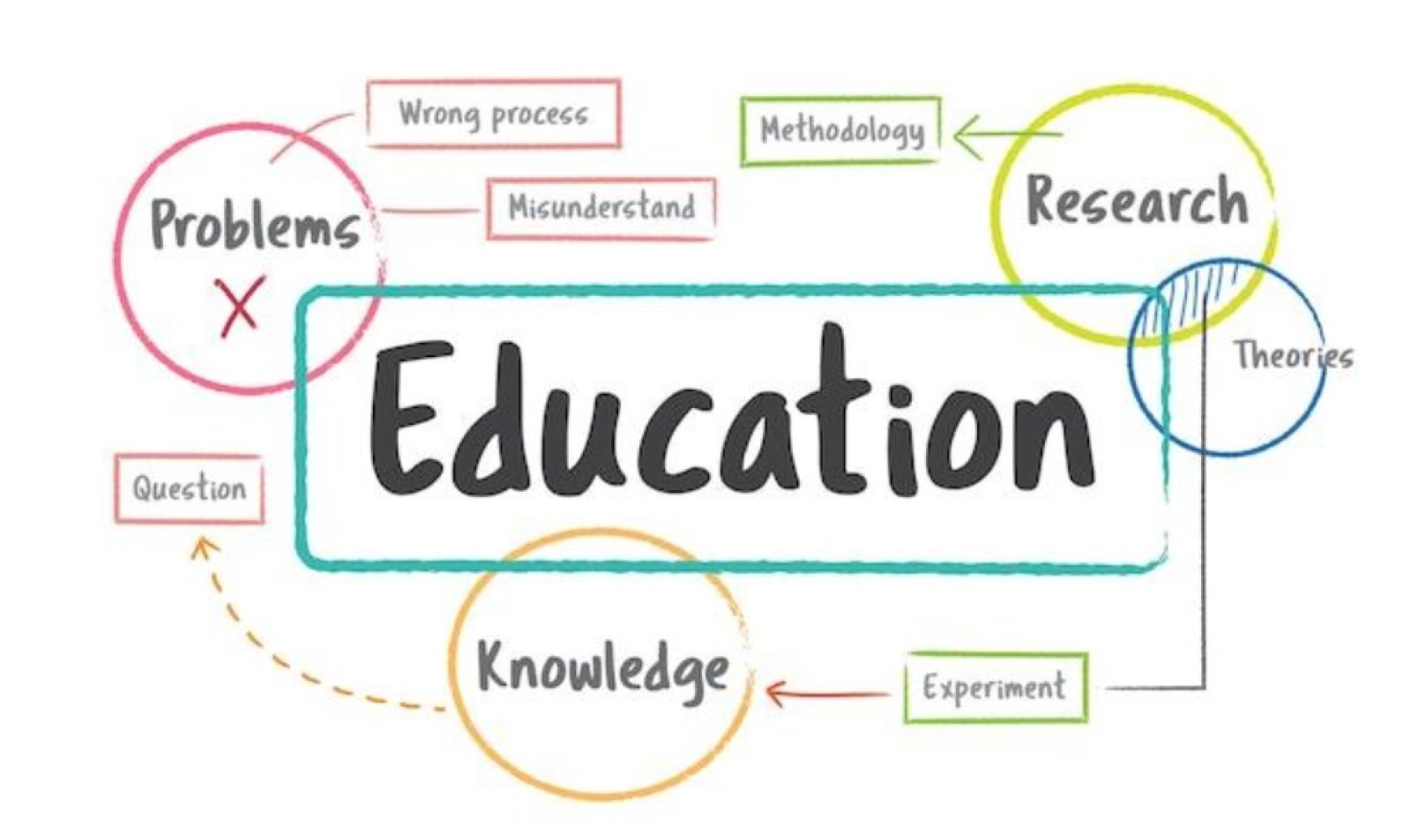iCloudEMS: Revolutionizing Education with Outcome-Based Learning Management System (OBE-LMS)
In today’s rapidly evolving education landscape, Outcome-Based Education (OBE) has emerged as a powerful approach to ensure students acquire the necessary skills and knowledge for success. iCloudEMS, a cutting-edge Outcome-Based Learning Management System (OBE-LMS), is...
iCloudEMS: Revolutionizing Accreditation Management with Unified Solutions
In the ever-evolving landscape of education, effective management of accreditation processes has become essential for educational institutions worldwide. iCloudEMS has emerged as a market leader, offering end-to-end Unified Education Management Solutions that streamline and...
iCloudEMS: Revolutionizing Higher Education with Comprehensive College and University ERP Solutions
In the fast-paced world of higher education, efficient management and seamless administration are crucial for colleges and universities. iCloudEMS emerges as a market leader, offering cutting-edge end-to-end Unified Education Management Solutions. This article explores...
The Benefits of Implementing a University ERP System
In today’s digital age, higher education institutions face numerous challenges that impact their day-to-day operations. One of the most significant challenges is managing the vast amount of data generated by the diverse departments and functions within the institution....
Save Time and Money at Higher Education Institutions with Our Easy to Use Management Tools
Multiple aspects are responsible to make a College or University at top rank. An Excellent Education management system is one of the factor that differentiates the workflow and reputation of one institute from another.
Technological revolution has changed the way of...
From Questions to Results: How can Higher Education Institutes Manage their Online Exam Process easily
Every aspect of the higher education system is being impacted by technology, and pandemic has introduced educational activities, including exams, to a digital platform to enhance educational continuity.
The administration of exams and evaluations involves a variety of...
How managed services of iCloudEMS nourish smart Education Management in Higher Education Institutes
Efficient management of human and financial resources is key to the accomplishment of learning outcomes in Higher Education Institutes (HEIs). In the world of digitization, Cloud-based Education Management System is very helpful in channelizing the important time and...
How our Accreditation Management System can assure and enhance the Quality of Higher Education
In today’s fast-paced world, Higher Education Institutes (HEIs) are preparing graduates to make meaningful contributions to society via their research and creative endeavors. Continuous quality improvement has become crucial to ensure that the educational institution...
How iCloudEMS can be a key enabler to promote OBE in Higher Education Institutes
In today’s fast-paced world, the outcome of learning is assessed according to the comprehensive development of an individual. Thus, to address the worldwide needs of 21st-century society, tertiary education must educate graduates with professional knowledge/skills and...
Why Online Examination System is a Better Option for Higher Education Sector
The Human Resource Development Ministry has always encouraged Higher Education Sector to expand their digital capabilities for upskilling their students according to demand of 21st century Education system.
Now the Quality Education is not confined to four walls of...










